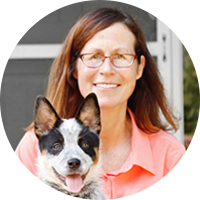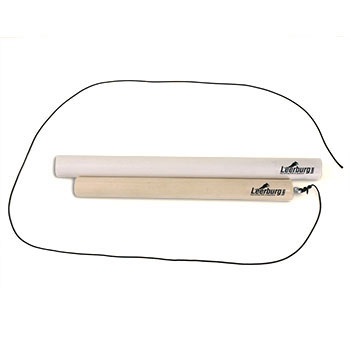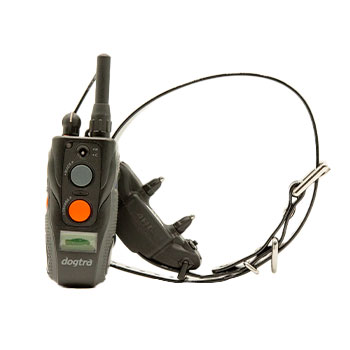January 14, 2015
Does the Heeler's Toolbox course address the challenges presented training small dogs? I have a 10 lb Bichon.
Full Question:
Cindy,I have been reviewing your Heeling toolbox, but have one concern. I have a small 10.5 pound Bichon. To me, dealing with a small dog is very different. Does your course address that? I am ready to compete with this exceptionally hard driving little descendant of JR except for the fact that her healing can somewhat weave in and out from me. She forges on the inside Figure 8 and left turns and stops, but is right on with all else. She also rat-ta-tatts with her little feet when we stop. She is so fast that I can no longer say Kaley, Heel; I must have my weight shifted before I just say Heel.
To be broader, do you have anything that would help me?
Anna

 Cindy's Answer:
Cindy's Answer:
Hi Anna!
Cindy forwarded your email onto me. She thought I might be able to provide some insight into your situation.
25% of the student body thus far within the Heeler's Toolbox courses have been small dogs – ranging from 8 – 25 pounds. Perhaps beyond 25 pounds they're a medium-sized dog? The feedback has been great. The skills within the course are designed to accommodate all size-ranges. The skill-set and criteria is the same for all, and building the pieces has been successful despite size.
However, there may be some limiting factors. We do suggest a fair amount of luring work in the 'Body Awareness & Conditioning' and 'Head Position' weeks of the first course. I had one student who was suffering from back pain that had to make adjustments in the way she approached this work with her very small dog. Instead of using a baited hand she opted hold her hand higher up... creating space between her hand and the dog's muzzle. Whether the hand is directly in contact with the dog's muzzle or 1 foot above it, both are physical helps that can be used to achieve the same outcome. Her results were great.
The curriculum relies heavily on foundation pieces and behaviors we build away from the heeling picture. This and physical references (touch pads, place boards, barriers, fun obstacles) allow us to manipulate, build, and create itemized pieces of understanding that we can later blend together to create our more complex heeling picture.
If you don't mind bending and moving a bit on behalf of your dog, I think you'd gain a lot from the course curriculum. Current students are having a blast.
I hope this email helps. Please let me know if there's anything else on your mind regarding the course.
Forrest
Cindy forwarded your email onto me. She thought I might be able to provide some insight into your situation.
25% of the student body thus far within the Heeler's Toolbox courses have been small dogs – ranging from 8 – 25 pounds. Perhaps beyond 25 pounds they're a medium-sized dog? The feedback has been great. The skills within the course are designed to accommodate all size-ranges. The skill-set and criteria is the same for all, and building the pieces has been successful despite size.
However, there may be some limiting factors. We do suggest a fair amount of luring work in the 'Body Awareness & Conditioning' and 'Head Position' weeks of the first course. I had one student who was suffering from back pain that had to make adjustments in the way she approached this work with her very small dog. Instead of using a baited hand she opted hold her hand higher up... creating space between her hand and the dog's muzzle. Whether the hand is directly in contact with the dog's muzzle or 1 foot above it, both are physical helps that can be used to achieve the same outcome. Her results were great.
The curriculum relies heavily on foundation pieces and behaviors we build away from the heeling picture. This and physical references (touch pads, place boards, barriers, fun obstacles) allow us to manipulate, build, and create itemized pieces of understanding that we can later blend together to create our more complex heeling picture.
If you don't mind bending and moving a bit on behalf of your dog, I think you'd gain a lot from the course curriculum. Current students are having a blast.
I hope this email helps. Please let me know if there's anything else on your mind regarding the course.
Forrest
100% (8 out of 8)
respondents found this answer helpful


Can't find what you're looking for?







